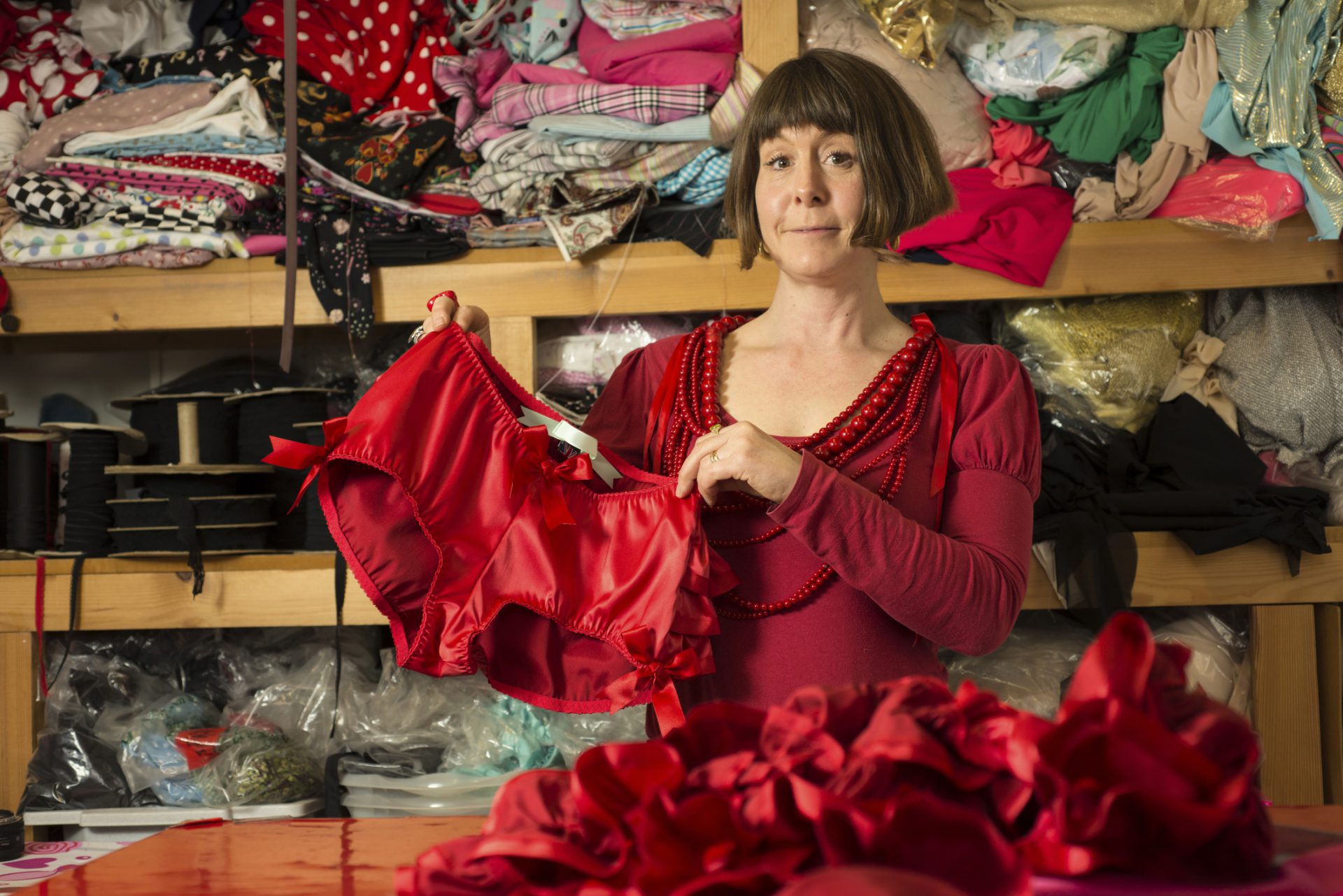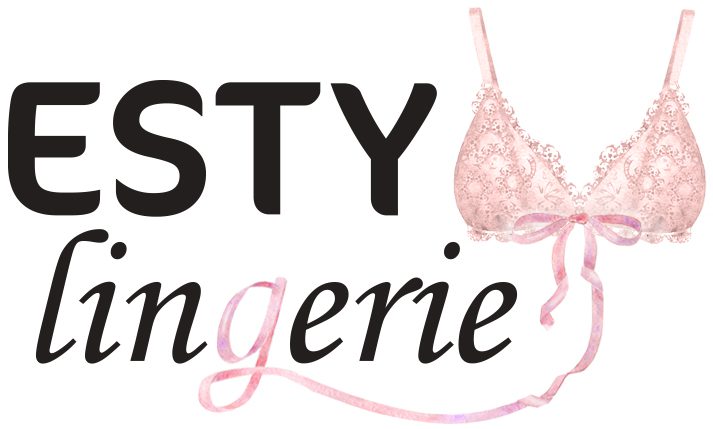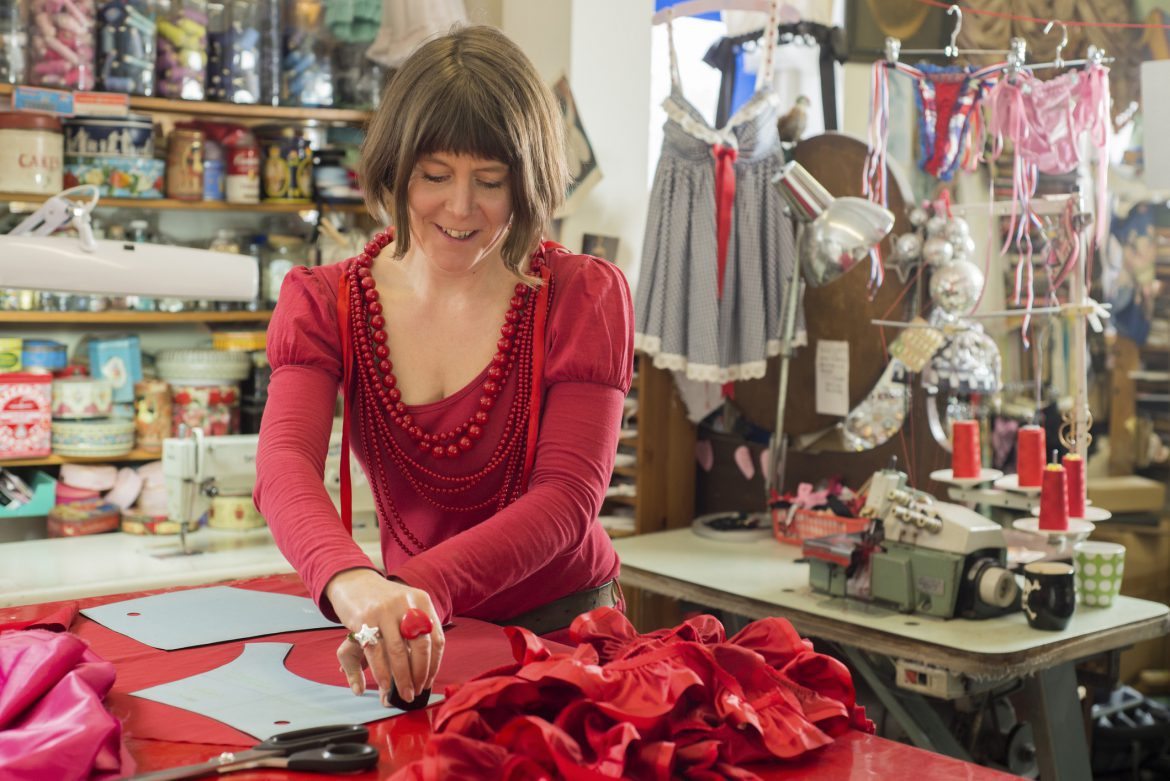Note: This article was updated on 18th January 2015.
Earlier this year, I wrote a guest post for Guilty Pleasures on whether handmade lingerie was worth paying more for, and pay more you certainly do; whilst there are indie lingerie brands catering to very small budgets, they are few and far between. A £15 bra is incredibly easy to find on the high-street (just look at New Look or H&M), whereas here at Esty where I sell over 40 handmade lingerie brands covering a range of price points, the cheapest, handmade, underwired bra is still three times that amount.
Rather than repeat the same article, which was about the benefits you got from paying more (namely the knowledge your purchase was more unique and ethically-produced), I wanted to write a follow-up piece that delves into why handmade lingerie costs more.
The Materials
One of the biggest costs of producing any garment is actually paying for the fabric itself. The smaller your brand, and the fewer pieces you’ll be producing, the less fabric you’ll need – but this means you’ll pay more per metre.
Let’s take elastic as an example, because I use a lot of elastic in my designs. One metre of black, satin elastic costs me £0.65. If I buy 100m, that’s reduced to £0.55 per metre – even using as much elastic as I do, I have no need to buy more than 100-200m at a time. A huge high-street brand buying thousands of metres of this elastic can get it for as low as £0.10 per metre.
Assuming that the bulk-buying savings of other materials like cotton, lace and metal components are similar, that’s immediately reduced production costs by almost 85%.
Labour
The vast majority of high-street lingerie brands are made abroad, where labour is typically much cheaper. Many handmade designers will pay themselves close to minimum wage just to keep their costs down, however as I mentioned in this article about lingerie made in China, the UK minimum wage per day is about the same as the Chinese minimum wage per month. Of course, the cost of living in China is much cheaper so it’s not as shockingly low a salary as it sounds, but for the UK company paying them they’re saving an absolute fortune compared to hiring UK seamstresses to do the same job.
I did a little research and found that the standard minimum order quantity for every Chinese lingerie manfucaturer I could find is 100 of each garment, in each size/colour. To produce one item in just the limited size range of small, medium and large, that’s already at least 300 items I’d have to pay for (and sell!). It’s just not a realistic quantity of items for a small independent designer to work with, so whilst big brands can benefit from reduced labour abroad, a handmade lingerie designer is going to have to factor in the cost of UK (or US, or Europe, or whatever) priced labour, whether that’s paying themselves, paying a small team or outsourcing to a local factory.

Handmade knickers by Buttress & Snatch.
Quantity Sold
Even the most successful handmade lingerie brands aren’t selling anywhere near the quantities that a national chain like Ann Summers or La Senza is selling each day. If you want to make a living from selling only a few items, it stands to reason that you have to be making a decent profit per item.
I’m having a couple of pieces from my upcoming collection produced by a UK-based seamster. I’m paying just over £11 a piece for one design, plus around £8.30 for fabrics. We’ll round it up to £20. Now let’s say I decide to sell for £30 to keep my prices low – if I sell ten of this design, I’ve only made £100 profit, and that’s minus overheads. Clearly, I’m going to have to charge more if I want to make anything close to a living wage.
If however I were a big, high-street brand expecting to sell 1000 of this item at £30, that figure becomes £10,000 profit (and that’s assuming I don’t get any discount on fabric or labour, which I definitely would).
So, Why is it Worth it?
I hope that this article has made it clear why handmade lingerie is typically two, three or four times the price of a similar design would be on the high-street. Still, as a customer it’s easy to think “well, it’s not my problem the indie designer has to pay so much more for fabrics” and go for the cheaper option regardless.
However, as someone who owns a lot of both handmade and ‘big brand’ lingerie, I think I can be unbiased in saying that handmade lingerie has all sorts of added benefits that are worth paying more for:
- Exclusivity – There’s something nice about knowing that you own a garment very few other people in the entire world do. You can’t say the same for mass-produced lingerie! Many indie designers also use stunning, rare fabrics (such as Karolina Laskowska’s recycled kimono silk Ume collection) that simply aren’t available in large quantities, so you’ll never find a high-street brand using them.
- Innovation – A lot of what I see on the high-street is very similar; the same old bra and knicker shapes are recycled season after season, just in different fabrics. It’s what brands know sells, so they keep producing. Small, handmade designers on the other hand are free to take more risks – if they try something totally new and unique and the five sets they’ve made don’t sell, it’s not as big a deal as if a major high-street label made five hundred sets and they didn’t sell. So if what you’re looking for is a unique and eye-catching design, handmade brands are where you’ll find it.
- Ethics – Last but definitely not least, if you care about where your clothes come from, buy from handmade designers. You know exactly who your money is supporting, because all the handmade designers I know of either produce the garments themselves or are very open about how and where they’re getting them made.
Do you think handmade lingerie is worth the additional cost?


